 |
 |
 |
| |
The aging epidemic: virologic control, immunologic recovery, treatment regimens, and clinical outcomes among older adults living with HIV in Washington, DC: Long-Term CD4 and Viral Rebound Trends Worse Over Age 59 Than at 18 to 35
|
| |
| |
IDWeek 2018, October 3-7, 2018, San Francisco
In DC Cohort those >60 years old - 23% have chronic kidney didease, 87/608 have a cancer- 14% (84 non-AIDS cancers, 7.9% died, 71% have hypertension, 40% havediabetes, 59% on integrase inhibitor, 45% percent use neither TAF or TDF. Among older patients, 23% had CKD, and 24% had a serum creatinine rise of ≥150% during the study period (data not shown). Of those with CKD, 16% remained on TDF by the end of follow-up (data not shown). Viral re-emergence trended towards more common among those older patients who were infected for ≥ 10years (29% vs. 22%, p=0.0607) (Figure 3).
also from DC Cohort: Up to Half in Older DC Cohort Not Treated for Metabolic Comorbidities
- High Burden of Comorbidities in Inner City Washington DC - - (09/27/16)
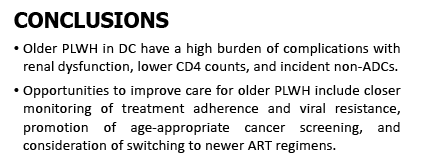
Mark Mascolini
HIV-positive people 60 or older had better CD4 and viral load numbers than people 18 to 35 when they enrolled in a longitudinal cohort in Washington, DC [1]. But during follow-up older and younger people changed places in CD4 and viral rebound comparisons.
Everyone knows older people account for growing proportions of HIV populations in the United States and elsewhere. Understanding how HIV-positive people over 50 or 60 differ from their younger counterparts gains importance as the older population expands and faces surging challenges from HIV and non-HIV comorbidities. Researchers working with the DC Cohort analyzed their large HIV population to address these issues.
The DC Cohort is a longitudinal observational study of people receiving HIV care at 15 clinics in Washington, DC. Researchers pooled available data from 14 clinics for the older-versus-younger analysis. Eligible cohort members were in care for at least 2 years during 2011-2016.
The analysis included 608 people 60 or older (median 63.7) and 831 people 18 to 35 years old (median 29.7). The older groups included a higher proportion of men (78.8% versus 72.9%), a lower proportion of women (20.9% versus 22.9%), and a lower proportion of transgender people (0.3% versus 4.2%) (overall P < 0.001). Non-Hispanic blacks made up just over three quarters of the older and younger groups. The older group included a higher proportion of whites (18.9% versus 10.6%) and a lower proportion of Hispanics (3.0% versus 7.5%) (P < 0.0001). Older versus younger HIV acquisition routes were sex between men (25.0% versus 59.6%), heterosexual sex (35.2% versus 26.6%), and injecting drugs (18.4% versus 0.5%) (P < 0.0001). About one third of both age groups currently smoked, and the older group included a higher proportion of former smokers (34.2% versus 10.1%) (P < 0.0001).
The older group had been diagnosed with HIV almost 3 times longer than the younger group (average 13.5 versus 5 years, P < 0.0001). Older and younger people averaged 8.4 and 3.0 years on antiretroviral therapy (ART), and 25.7% versus 3.0% had taken ART for 10 years or more (P < 0.0001 for both).
When they enrolled in the DC Cohort, people 60 or older were slightly but significantly more likely than those 18 to 35 to have a CD4 count above 500 (56% versus 53%, P = 0.0066). But a significantly lower proportion of the older group had a most recent CD4 count above 500 (60% versus 69%, P = 0.0003).
Older people were much less likely to have a viral load above 200 copies at cohort enrollment (11% versus 35%, P < 0.0001) and on their most recent viral load (6% versus 18%, P < 0.0001). Overall, viral rebound proved less frequent in the older group (27% versus 39%, P < 0.0001), but there was a strong trend toward more frequent rebounds in older than younger people infected for at least 10 years (29% versus 22%, P = 0.06).
Almost one quarter of people 60 or older (23%) had chronic kidney disease when entering the cohort, and 16% of this group continued taking tenofovir disoproxil fumarate (TDF) during follow-up, despite TDF's well-known kidney toxicity. Initial prevalence of diabetes was 40.5% in older people versus 8.5% in younger people. Initial rates of hypertension were 71.2% in the older group versus 15.3% in the younger group. During follow-up, 14.3% of older people versus 3.5% of the younger group had a new cancer diagnosis, and overwhelming majorities of new cancers in both groups were non-AIDS cancers (84 versus 3 cancers in the older group, 23 versus 6 in the younger group).
The DC Cohort researchers underlined the lower recent CD4 counts and higher rates of kidney disease and non-AIDS cancers in study participants 60 or older. They suggested some opportunities to improve care of older people with HIV: (1) closer adherence and viral load monitoring, (2) switching to newer antiretroviral regimens, and (3) "promotion of age-appropriate cancer screening."
Reference
1. Akselrod H, Aldous A, Parenti D, Simon G. The aging epidemic: virologic control, immunologic recovery, treatment regimens, and clinical outcomes among older adults living with HIV in Washington, DC. IDWeek 2018, October 3-7, 2018, San Francisco. Abstract 586. Poster at https://idsa.confex.com/idsa/2018/webprogram/Paper72823.html
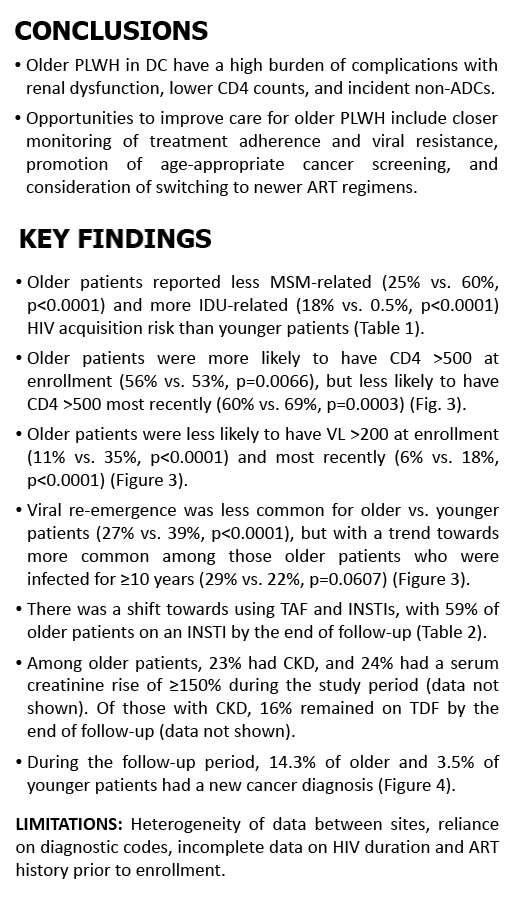

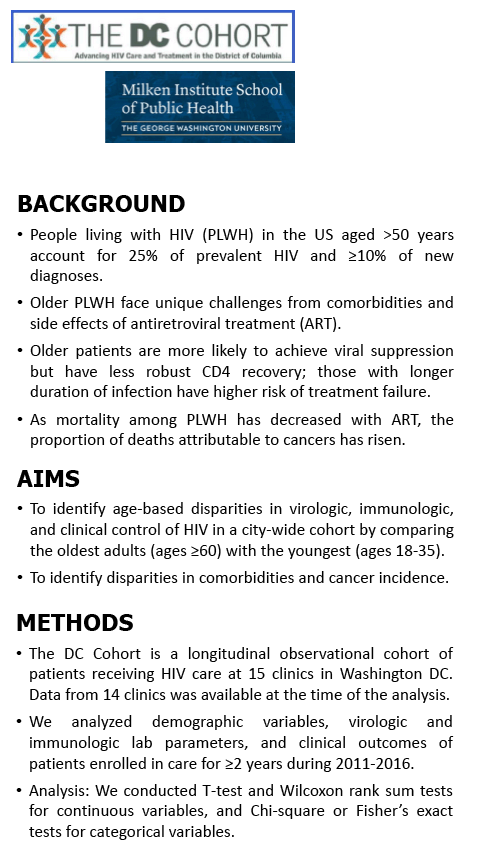
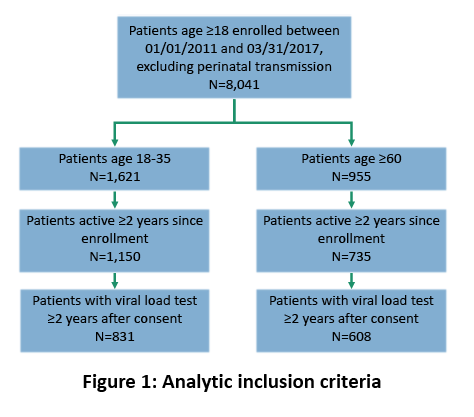
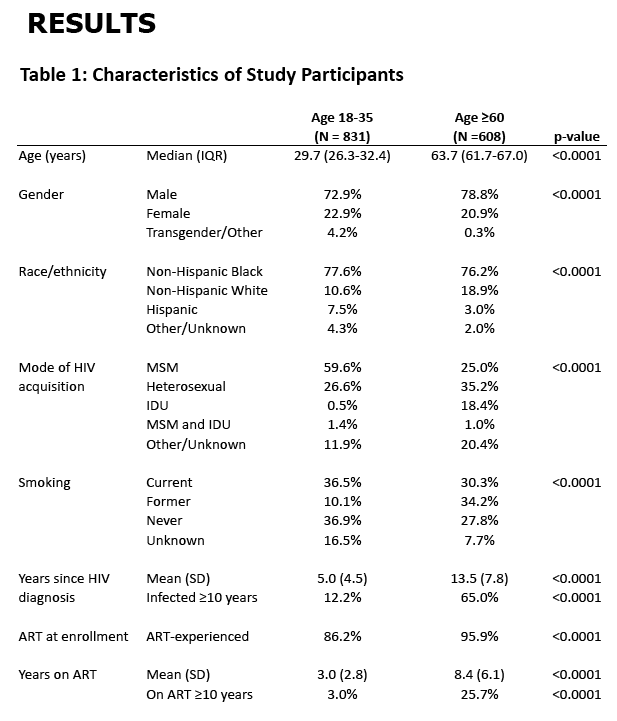
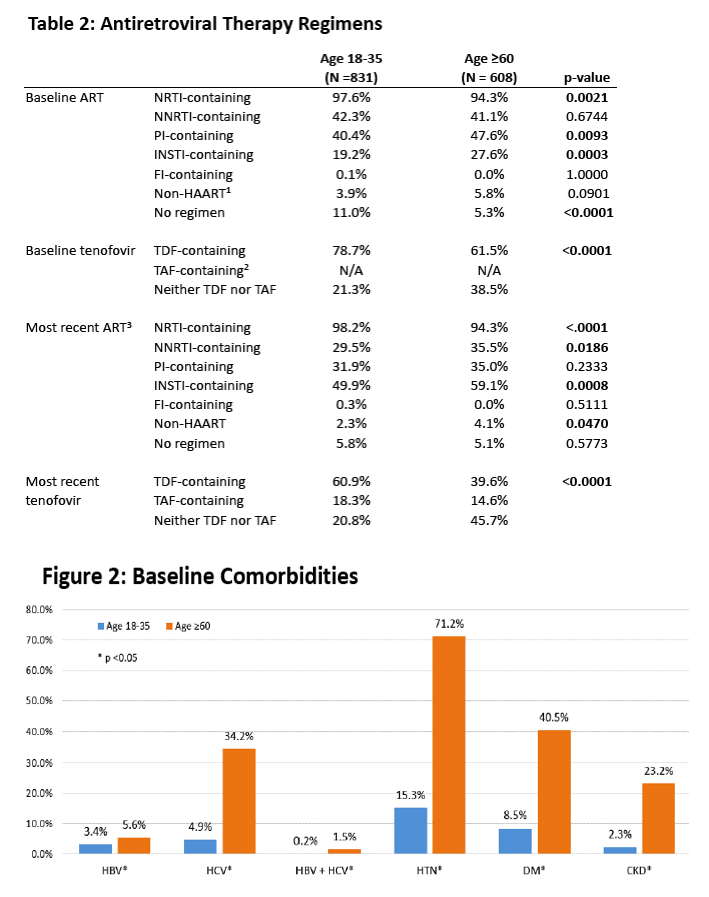
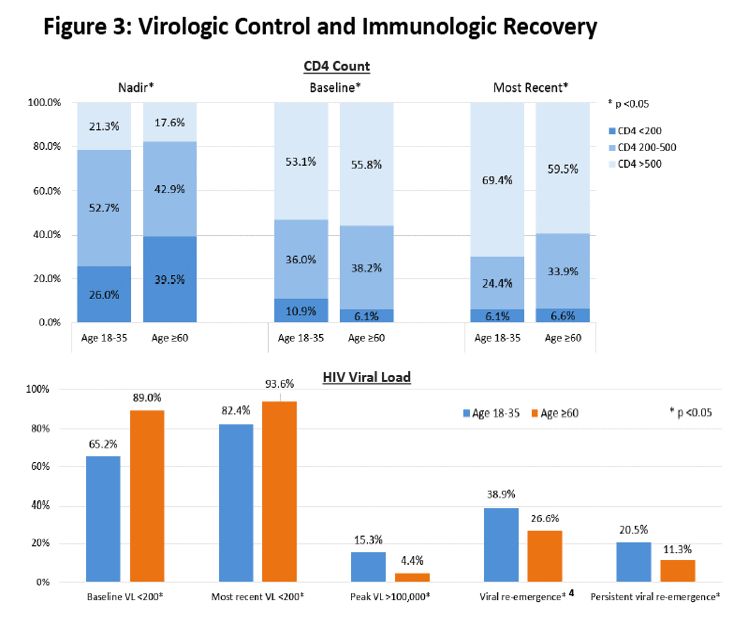
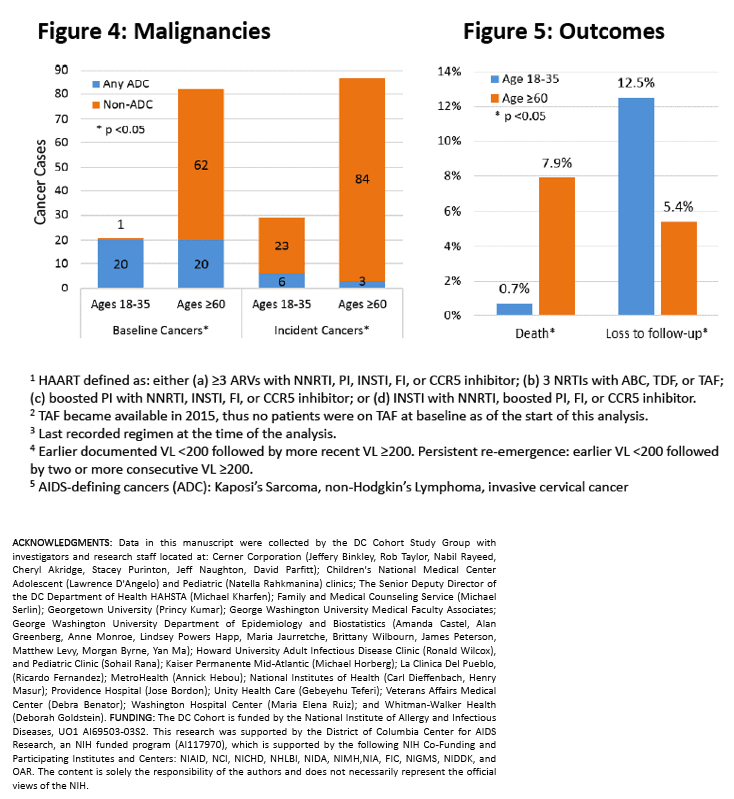
|
| |
|
 |
 |
|
|